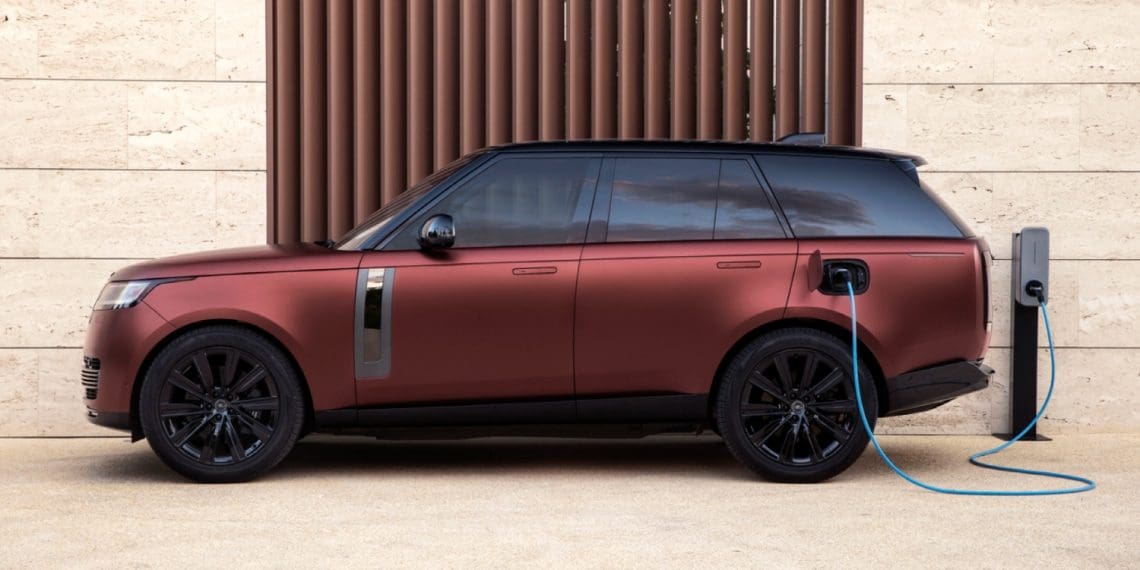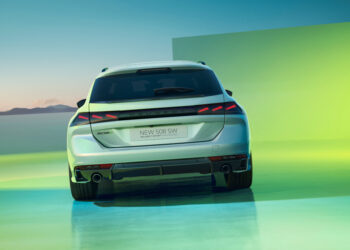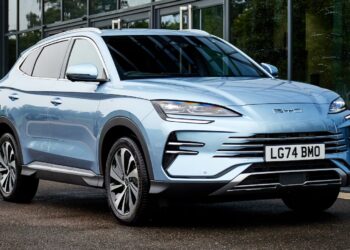Jaguar Land Rover (JLR) announced that sales of the plug-in hybrid electric versions of the Range Rover increased by 47% in the first half of this fiscal year, while sales of the plug-in hybrid electric Defender grew by 23% compared to the previous fiscal year.
This result follows the rapid growth in sales of JLR’s plug-in hybrid electric (PHEV) versions, which rose by 59% annually in the last two fiscal years, while sales of the new plug-in hybrid electric Range Rover nearly doubled during the same period.
“The demand for our plug-in hybrid electric models is increasing, as customers become more familiar with electrification. The plug-in hybrid electric versions (PHEV) provide performance, reduced consumption, and low emissions, as well as zero emissions in fully electric mode. They also allow customers to adapt to a new experience, such as home and public charging, before the launch of our next generation of fully electric vehicles,” said Mark Camilleri, director of the electrification division at Jaguar Land Rover.
It is worth noting that JLR offers a range of fuel options in line with the energy transition of each market and will incorporate a fully electric version of each model by 2030, aiming to achieve carbon neutrality before 2039.
To achieve this, JLR has a flexible modular longitudinal architecture (MLA), used in the construction of the Range Rover and the Range Rover Sport, which will allow the brand to offer, by the next decade, an internal combustion engine (ICE), a plug-in hybrid electric engine, and, in the near future, a 100% electric vehicle.










